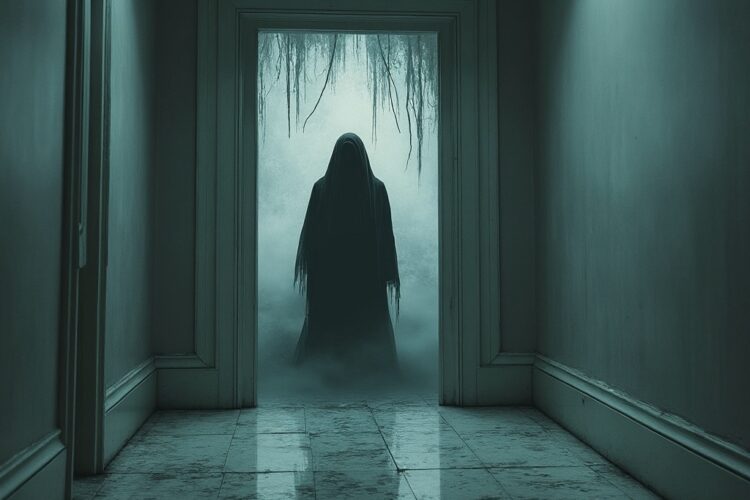Ghosts in folklore selectively interact with the physical world, allowing them to walk on floors while passing through walls. This could be due to their control over quantum or energy states, existing in another dimension, or for narrative convenience in stories. There’s no scientific basis; it’s rooted in cultural beliefs and speculative fiction where ghosts manipulate their existence to align with human environments.
Long Answer:
The question of why ghosts, if they exist, don’t fall through the floor while being able to pass through walls involves a mix of folklore, theoretical physics, and speculative fiction. Here’s an exploration of the topic:
Folklore and Traditional Beliefs: Many cultures depict ghosts as having selective corporeality, allowing them to choose when to be intangible or tangible. This selective interaction enables them to walk on floors while passing through walls. Often, the floor represents a boundary between the living and the dead, which ghosts can navigate due to their liminal existence.
Physics and Theoretical Models: If ghosts were real entities interacting with our physical world, they might involve a form of energy or matter not yet understood by current science. Hypothetically, they could manipulate their interactions with matter to pass through walls while standing on floors, possibly involving quantum tunneling or other exotic processes. However, such control over quantum phenomena remains beyond current scientific understanding for macroscopic objects.
Speculative Fiction and Paranormal Theories: In speculative fiction, ghosts might manipulate their density or exist in dimensions where physical rules differ. Here, the idea of “falling through the floor” could be irrelevant, as they might anchor themselves in ways that allow selective interaction with our world.
Energy Manipulation: Some theories suggest ghosts as beings of pure energy or consciousness. If they can focus their energy to interact with physical objects selectively, this could explain their ability to remain on floors while passing through other surfaces. Their energy might be influenced by electromagnetic forces or other fields, allowing for varied interactions with solid matter.
Psychological and Narrative Convenience: From a storytelling perspective, ghosts not falling through floors maintains their eerie presence in familiar settings. This narrative choice adds to the mystique, enabling interactions that are spooky yet relatable, without the logical inconsistency of disobeying basic architectural principles.
Note: The reason ghosts don’t fall through floors in lore and fiction reflects a blend of cultural beliefs, speculative science, and narrative needs. While no scientific evidence supports the existence of ghosts, these explanations provide frameworks for understanding their operations within both physical laws and supernatural storytelling. Each theory adapts ghostly abilities to serve narrative or cultural contexts, often prioritizing engagement over scientific consistency.








